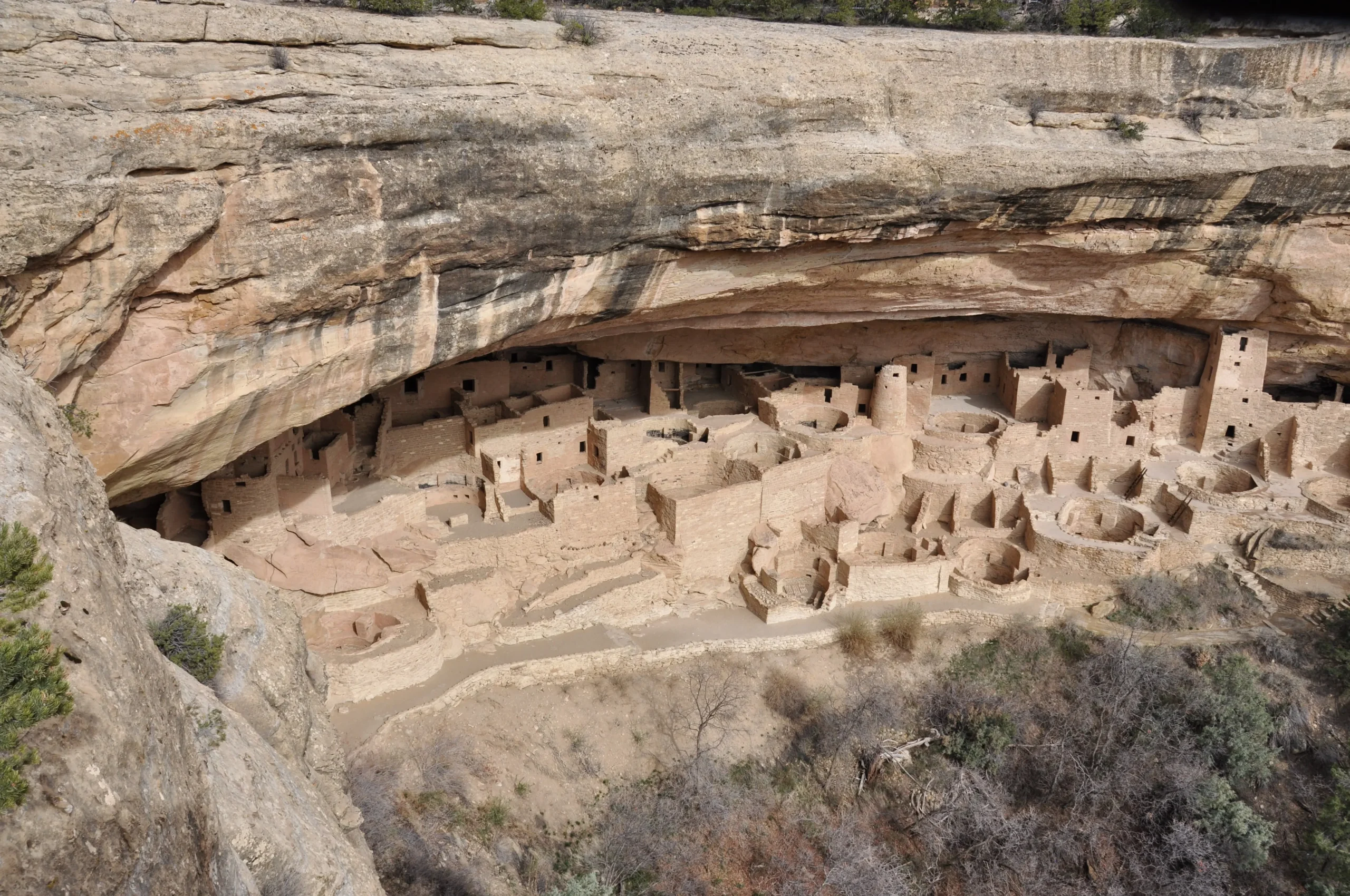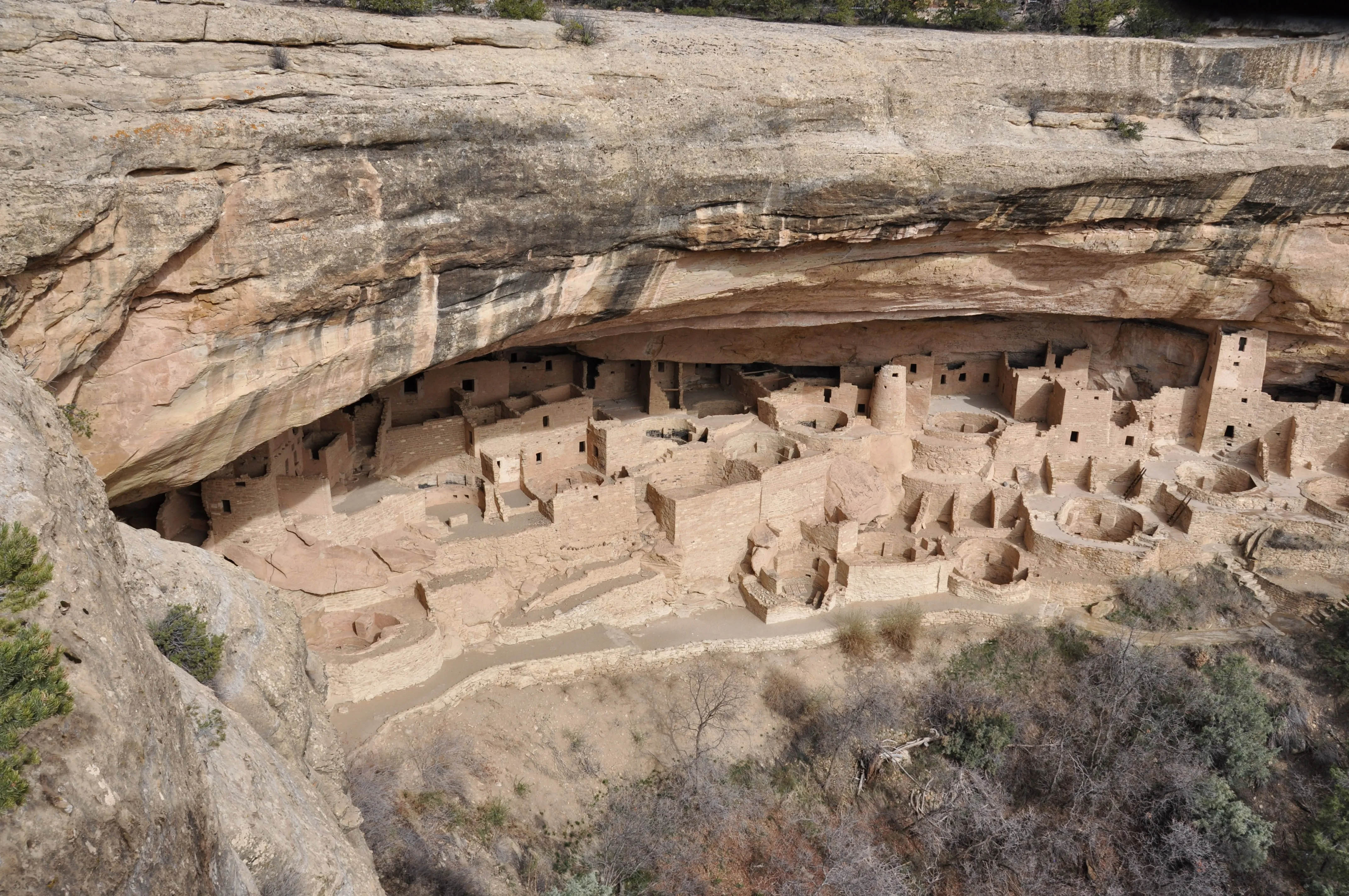“Because you are my world…” This romantic reply from her husband brought the author to Colorado, to explore a vast and sparkling world that existed before she came into his life. Colorado, where past and present intertwine, where ancient heritage meets modern life, has left the author with deep reflections about this land. Could a young man who grew up in Colorado leave it all behind to follow his love to Vietnam without hesitation? Join “Du lịch khắp thế gian” (Travel the World) to discover the unique Spanish-style architecture in Colorado, and to better understand the beauty and historical value of this place.
Discovering Spanish Architectural Imprints in Colorado
Colorado is not only famous for its majestic natural landscapes but also a melting pot of unique architectural styles, including Spanish architecture. This style is clearly reflected in historical buildings, bringing a charming and culturally rich beauty.
1. Origin and Spread of Spanish Architecture
Spanish architecture in Colorado didn’t appear spontaneously. It’s the result of historical processes, as this land was once influenced by Spanish colonialism. In the 16th and 17th centuries, Spain expanded its colonies into North America, and present-day Colorado was within that sphere of influence.
Spanish missionaries and settlers brought their distinctive architectural style to this new land. The earliest Spanish-style buildings were often churches, missions, and public structures.
2. Distinctive Features of Spanish Architecture in Colorado
Spanish architecture in Colorado has easily recognizable features that set it apart from other architectural styles:
- Thick walls and red tile roofs: Buildings often have thick walls to retain heat, suitable for Colorado’s dry and cold climate. Red tile roofs are an indispensable feature, creating a warm and charming aesthetic.
- Courtyards (patios): Courtyards are an important element in Spanish architecture, creating private and airy spaces. Courtyards are often decorated with greenery, flowers, and Spanish-style decorative items.
- Arched doorways and columns: Arched doorways and columns are common architectural details, bringing a soft and graceful beauty to the buildings.
- Use of natural materials: Wood, stone, and brick are natural materials frequently used in Spanish architecture, creating harmony with the surrounding environment.
- Simple yet refined decoration: Decorative details are usually not overly elaborate but meticulously crafted, reflecting the sophistication and aesthetic taste of the Spanish.
3. Iconic Architectural Works
To better understand the Spanish architectural style in Colorado, let’s explore some iconic examples:
- San Francisco de Asis Church: Located in Ranchos de Taos, New Mexico (near the Colorado border), this church is a prime example of traditional Spanish architecture. With thick adobe walls, a red tile roof, and simple yet beautiful architectural lines, the San Francisco de Asis Church is an attractive destination for those who appreciate architecture and history.
- Mesa Verde National Park: While famous for its Puebloan cliff dwellings, Mesa Verde also shows Spanish architectural influence in its preservation and development. Visitor facilities are often built in the Spanish style, creating harmony with the natural landscape and indigenous architecture.
Mesa Verde National Park, Colorado, showcasing cliff dwellings and Spanish architectural influence in visitor facilities.
- Old residential areas: Many old residential areas in Colorado still retain Spanish-style houses with thick walls, red tile roofs, and courtyards. Walking through these neighborhoods, you can feel the ancient and charming atmosphere of Spanish architecture.
4. Spanish Cuisine: Flavors Complementing Architecture
Besides architecture, Spanish cuisine also contributes to Colorado’s unique cultural identity. Many restaurants and eateries in Colorado serve traditional Spanish dishes, offering diners wonderful culinary experiences.
- Tapas: Small dishes, served with drinks, are an essential part of Spanish cuisine.
- Paella: The famous Spanish mixed rice dish with seafood, meat, and vegetables is a must-try when visiting Colorado.
- Sangria: A drink made from wine, fruit, and spices, is a great choice to quench your thirst on hot summer days.
5. Spanish Sports and Culture
Beyond architecture and cuisine, Spanish culture is also reflected in sports and festivals. Soccer (football) is a popular sport in Colorado, with many exciting teams and leagues. Festivals imbued with Spanish culture are also frequently organized, attracting many locals and tourists.
Conclusion
The Spanish-style architectural works in Colorado are not only historical heritage sites but also symbols of cultural intersection. They bring a unique and captivating beauty to Colorado, attracting visitors from all over the world. Exploring Colorado, you will not only admire majestic natural landscapes but also experience a diverse and rich culture. Come and feel the harmony of Spanish architecture, cuisine, and culture in this land!
If you have the opportunity to visit Colorado, don’t forget to explore the unique Spanish-style architectural works. Let “Du lịch khắp thế gian” (Travel the World) accompany you on your journey to discover the beauty and history of this land.

 Mesa Verde National Park, Colorado, showcasing cliff dwellings and Spanish architectural influence in visitor facilities.
Mesa Verde National Park, Colorado, showcasing cliff dwellings and Spanish architectural influence in visitor facilities.